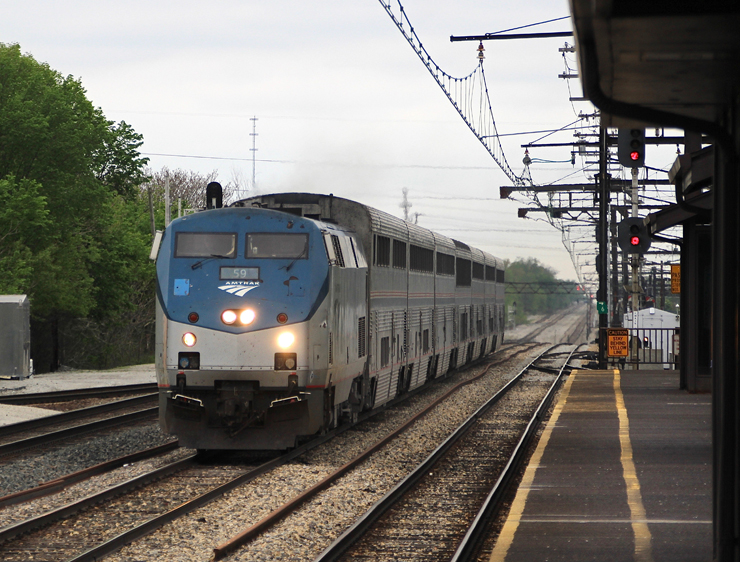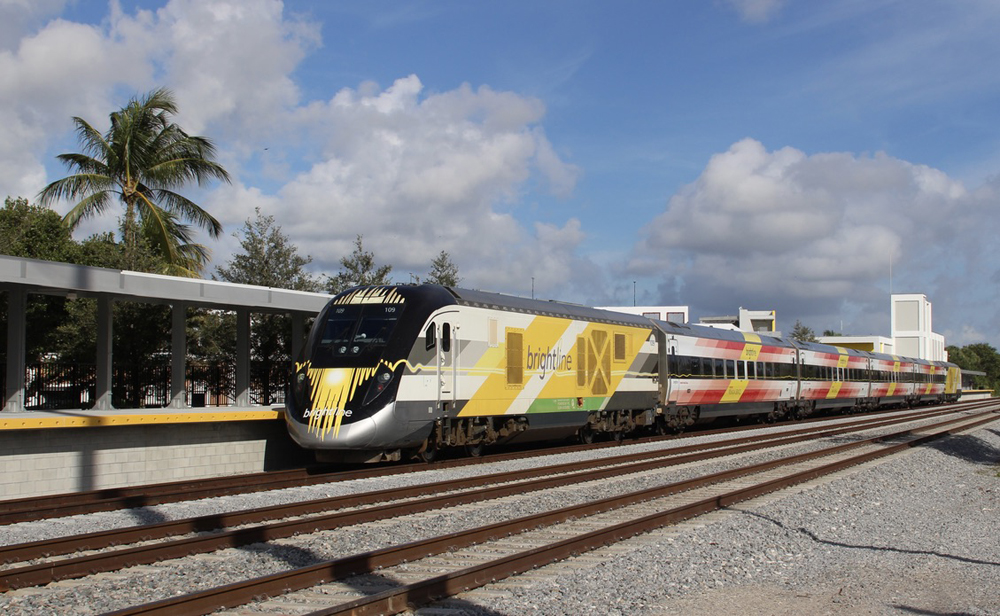And while the real-life Challengers pleased the Union Pacific, the Western Maryland 4-6-6-4s were less than a hit. Terrain played a key role. The territory of the UP and the grades of the WM were not the same, and the East Coast locomotives tended to under-perform while their Western brethren excelled.
Even when the Western Maryland 4-6-6-4s could reach 50 mph, the huge engines reportedly damaged the rails. The locomotives also tended to slip under heavy loads.
The model
The Challenger is one of Lionel’s LionMaster locomotives designed with condensed O scale dimensions to negotiate curves as tight as O-31. LionMaster locomotives are priced below top-of-the-line Lionel steamers and aimed at the same market as MTH’s RailKing steamers.
Heaven knows I’m pretty liberal when it comes to applying the road name of one line onto the locomotive of another (I’m a big fan of Lionel’s fantasy New York Central SD80MAC). But in the case of the Challenger, the WM’s 4-6-6-4s had clearly different smokeboxes, cabs, and tenders from the UP locomotives.
First, the LionMaster model has a UP face, which is fundamentally different from that of a WM locomotive. Number plates and number boards were in different locations on the UP and WM locomotives, and the Western Maryland steamers had square-shaped groupings of rivets around their smokebox doors. The pilots of the two locomotives were similar, but the handrails on the Lionel model match those of the UP locomotives.
Second, the WM Challengers had all-weather cabs with side doors. The UP cabs, like the one on the model, were open. Finally, the WM tenders were two-truck, six-axle jobs, not the centipede-style tender Lionel has modeled.
Now, would all of this stop me from buying a LionMaster Western Maryland Challenger? Not at all. This model is an exceptional deal. Just a few years back, this level of cast-in and add-on detail could have been found on only locomotives priced at $1,000 or higher.
The boiler is an immaculate creation. Rivets peppering the locomotive and tender shells are clearly defined. Pipes, bands, and other cast-in components give the locomotive a completed look, rather than a sense of “just enough detail” to outdo the competition.
Of special note are the rivets and piping on the firebox, just below the roofwalk on the fireman’s side of the cab.
The cab contains an attractive backhead and two seated crew figures. Also worth noting is that this model uses Lionel’s wireless tether for signal communication between the locomotive and the electronics in the tender.
Paint application was great, and the overall finish is silky smooth. The Western Maryland fireball, mixing red flames, yellow accents, and lettering, is, well, hot! Readable trust and builder’s plates can be found on either side of the smokebox.
On the test track
We had heard good things about the performance of the LionMaster Challenger and were pleased with the performance of the previously reviewed LionMaster Pennsylvania T1 locomotive (CTT, March 2003). But our sample Challenger was rougher than expected.
The Challenger uses two can-style motors, one mounted above each set of drivers. After a few hours of running time, the locomotive was starting to drag big-time. Turns out a wire had broken off the motor that powers the front set of drivers, but the rear motor and drivers were strong enough to keep the locomotive moving. We soldered the wire back on, and the front set of drivers was back in business.
In both conventional-control and command-control modes, there was some shuddering at very low speeds as the onboard electronics struggled to keep the motors and Odyssey speed control system in sync with each other.
The Challenger demonstrated a rather high low-end conventional-control speed of 36.9 scale mph, but a satisfactory high-end speed of 97.7 scale mph. The command-control low-end crawl – I mean speed — was a mere 5.06 scale mph thanks to the locomotive’s Odyssey speed control circuitry.
Drawbar pull for the locomotive was an exceptional 3 pounds, 8 ounces, enough to pull more cars than would fit on all but museum-sized layouts.
Compromises had to be made to get the long Challenger boiler to negotiate O-31 curves. On one of our home layouts that uses O-42 curves, the cab overhang was enough to knock over some trackside scenery. There was less overhang with the somewhat similar LionMaster T1 locomotive. The Challenger’s centipede-style tender also derailed sometimes when going through the curved route of MTH O-31 switches.
The Challenger’s booming RailSounds system was, as we’ve come to expect, very impressive. All TrainMaster Command Control functions performed properly.
The LionMaster Challenger has a level of detail that would have cost $1,000 or more just a few years back. We encountered a few bumps during testing, but operation overall was satisfactory, making this engine attractive to operators with smaller layouts and more-limited budgets.















this engine was my first purchase of lionel legacy control. like this very much.looked good on 0-36 radius even better on 0-60 track